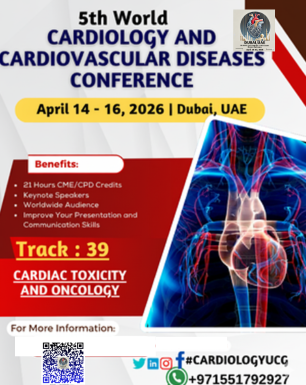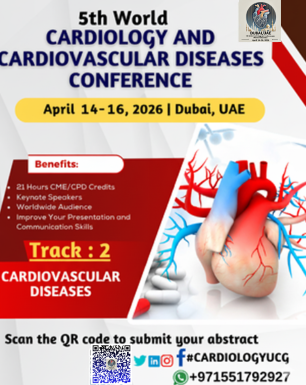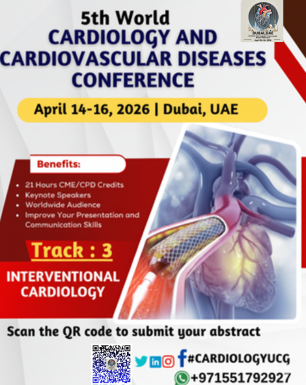



Sub Topics: Coronary Artery Disease, ...


Cancer therapies, especially chemotherapy agents like anthracyclines, and some newer targeted therapies and immunotherapies, have been associated with various degrees of cardiovascular toxicity. The most common manifestations of cardiac toxicity include cardiomyopathy (a condition where the heart muscle weakens), arrhythmias (irregular heartbeats), and heart failure. Radiation therapy, particularly when administered to chest regions, can also damage the heart and blood vessels over time.
The rising incidence of long-term cancer survivors has brought attention to the importance of managing cardiac toxicity, as the cardiovascular side effects of treatments may not appear until years after treatment. This is why understanding and managing cardiac toxicity is becoming increasingly important for oncologists, cardiologists, and other healthcare providers.
Types of Cardiac Toxicity in Oncology:
Chemotherapy-induced cardiotoxicity: Includes damage caused by drugs such as anthracyclines (e.g., doxorubicin), trastuzumab, and cyclophosphamide.
Radiation-induced cardiotoxicity: Heart damage caused by radiation therapy, often presenting many years after treatment.
Targeted therapies and immunotherapies: Newer treatments, including tyrosine kinase inhibitors and immune checkpoint inhibitors, are linked to cardiac events.
Pathophysiology:
The mechanisms by which chemotherapy, radiation, and other treatments damage the heart can involve direct toxicity to cardiac cells, inflammation, oxidative stress, and changes to blood vessel function. These may result in arrhythmias, reduced heart function, or increased risk of atherosclerosis.
Risk Factors:
Some patients may be more susceptible to cardiac toxicity, including those with pre-existing heart conditions, older age, or higher doses of treatment. Genetic factors may also play a role in determining an individual's risk.
Early Detection and Monitoring:
Routine monitoring, such as echocardiograms, biomarkers like troponin and B-type natriuretic peptide (BNP), and electrocardiograms (ECGs), are crucial for early detection of cardiac toxicity, especially in high-risk patients. The timing and frequency of monitoring depend on the type of cancer treatment.
Management Strategies:
Prevention: Strategies such as using lower doses of cardiotoxic agents, using alternative drugs, or administering cardioprotective agents like dexrazoxane.
Treatment: If cardiac toxicity occurs, it may require interventions like medications for heart failure, arrhythmia management, or referral to a cardiologist for specialized care.
Long-term Follow-Up: Survivors of cancer should be monitored long-term for cardiovascular issues even after completing treatment, as some toxic effects may not be apparent for many years.
Current Research:
Ongoing studies focus on identifying biomarkers for early detection of cardiac damage, improving the understanding of the genetic basis for susceptibility to cardiac toxicity, and developing new drugs or strategies to prevent or mitigate heart damage.